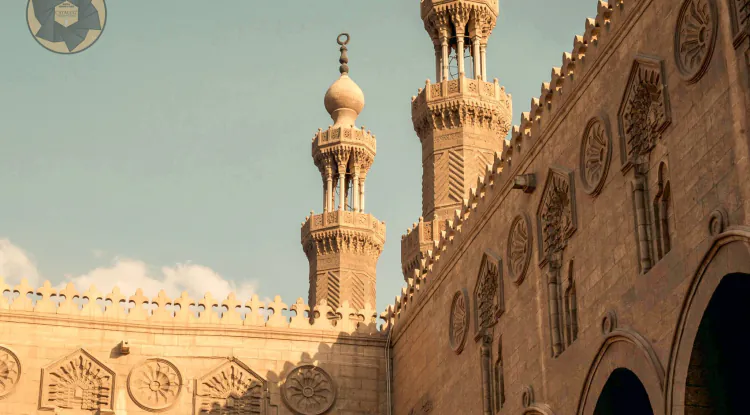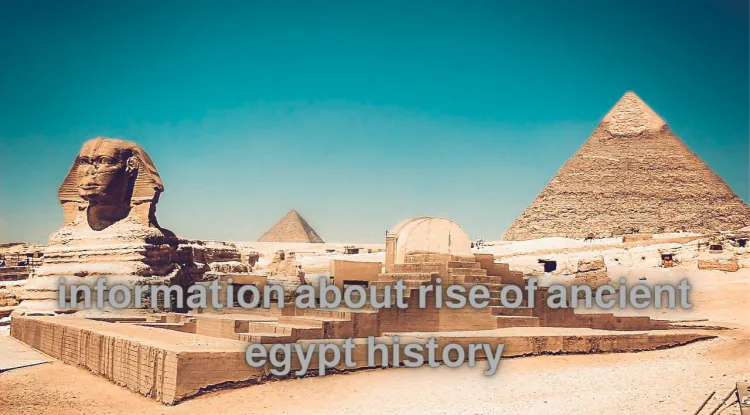Al-Aqmar Mosque at Cairo
The Al-Aqmar Mosque is one of the mosques of Fatimid Cairo. This mosque is located on Al-Nahhasin Street. It was built by the Minister Al-Ma’mun Al-Batahi by order of the Caliph Al-Amir bi-Ahkam Allah Ubay Ali Mansour in the year 519 AH. It is the first mosque in Cairo whose facade contains a special geometric design.

| Date of foundation | 519 AH / 1125 AD |
| Founder | Caliph Al-Aqmar Bi Ahkam Allah, who is the seventh caliph of the Fatimid state in Egypt |
| Effect status | Existing |
| Administrative region | Al-Gamaleya |
| Archaeological area | north of Cairo, Egypt |
the Location of Al-Aqmar Mosque:
It contains the Al-Aqmar Mosque, which was launched in Al-Nahhasin Street, one of the Fatimid mosques of Cairo. It was the first mosque in Cairo that had a special design, such as an embellished arch. Al-Maqrizi mentions that the mosque was built in the place of one of the monasteries that was heading towards greatness. It is clear that it contains the bones of some Coptic martyrs. Al-Maalem Mosque is one of the Hanging Mosques, where a higher shopping area was created .
The founder and date of foundation:
The mosque was built in the year 519 AH / 1125 AD, and this construction was supervised by the Minister Abu Abdullah Muhammad bin Fatik Al-Batahi, known as Al-Ma’mun Al-Batahi, who assumed the ministry in the year 515 AH / 1121 AD, and remained in charge of state affairs until the Emir arrested and imprisoned him in the year 519 AH. Fatik recorded his name next to the name of the Caliph in the recorded written texts in Kufic script on the facade of the mosque.
Architectural description:
The mosque consists of an open, square-shaped middle courtyard with a small area, surrounded by four corridors, the largest of which is the Qibla corridor, which includes three porticos whose arches are decorated with Kufic writing, resting on marble columns with a molded base, and the ceilings are covered with low, shallow domes.
This is a style that later prevailed in mosques in the Ottoman era.
The main facade :
The facade of the main facade was built of stone, as the mosque was distinguished by the beauty of its facade decoration, which is considered the first decorated facade in Cairene mosques. As for the rest of the mosque, it was built of brick and muqarnas were used in its decoration.
In the middle of this façade is the main entrance, which is surmounted by an arch decorated with a decorative circle, from which emerges prominent ribs that appear to some to be a sun from which its radiance emerges. In the middle of it is another circle in which “Muhammad and Ali” are written, and surrounded by a decorative circle.
Then another circle bears a Qur’anic verse: “In the name of God, the Most Gracious, the Most Merciful,” “God only desires to remove impurity from you, O People of the House, and purify you with a thorough purification.” The right and left of the necklace are decorated with four circles of muqarnas that have hollows inside them, each of which ends with an opening.
Above the two rows are two small arches, each of which is supported by attached columns.
In addition to the presence of another necklace to the left of this necklace, but not of the same size, and in the middle of it is another circle with ribs emerging from it, and in the middle of it is another circle with “Ali” inside it, and surrounding it is a five-pointed star carved repeatedly with the word “Muhammad,” and in the upper part of the necklace there is a carving of the Fatimiy Gate to its right.
It resembles the wooden door of the Al-Hakim Mosque bi-Amr Allah, and on the left of the arch, at the same level, there is an ornament in the form of two geometric shapes, one of which has a geometric decoration inside it, while the other has a bowl with a plant branching inside it.
As for the mihrab, it is located at the top of the qibla corridor. It has an arch covered in colored marble, and above it is a memorial plaque recording the renovation work that was carried out by Prince Yalbugha Al-Salmi in the year 1396 AD, by order of Sultan Barquq.
Renovations and additions:
- Renovation work was carried out on the mosque by Prince Suleiman Agha Al-Silhdar in 1821 AD during the reign of Muhammad Ali Pasha.
- The Committee for the Preservation of Arab Antiquities restored the mosque, renovated it, and preserved its decorations in 1928 AD.
- The Supreme Council of Antiquities renovated and removed the buildings that were in the facade of the mosque, thus revealing the entire facade decorations.
What's Your Reaction?






















